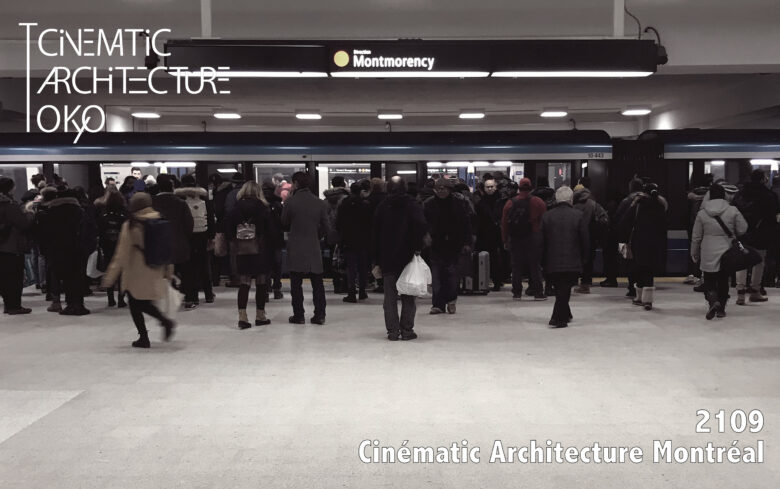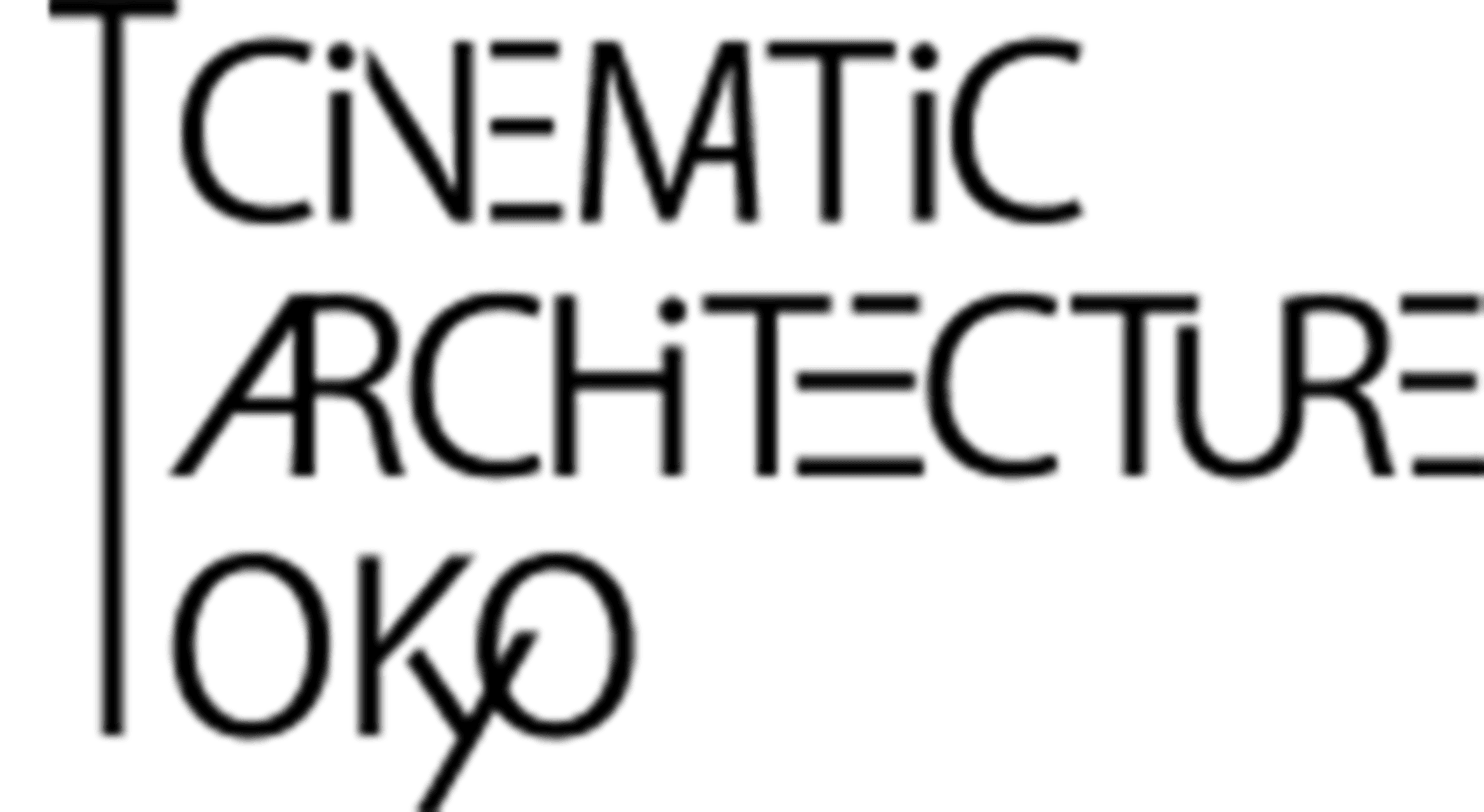Workshop: Cinématic Architecture Montréal
Date: 22-25 January 2019
Venue: McGill University, School of Architecture (Montréal, Quebec, Canada)

Cinematic Architecture Tokyo director, Keiichi Ogata was invited to McGill University School of Architecture in Montréal in January 2019 to give a workshop and lecture. McGill is the only English-speaking prestigious university in the French-speaking state of Quebec as it was originally established by the British and is also known as many intellectuals such as novelist Andrew Piper used to study. Recently Professor Thomas Lamarre who wrote ‘The Anime Machine A Media Theory of Animation’ (2008) on Japanese Animation teaches here. Not only local but also many foreign students study here because of the language. Inviting people from abroad and educating them is unique compared with the situation in Japan. The workshop Cinématic Architecture Montréal is set to be a part of the semester program in the winter/Spring term of 2018/19 ‘Architectural Project(ion)s for the Urban Night’ conceived by Professor Ipek Tureli and to contribute especially to its early stage as the development process. As most of the students are from abroad such as Asia, Europe and the US in her studio the workshop was planned for them to see Montréal from a different perspective. Briefly speaking it is a program to transform, assemble and express by using architectural methodology choosing Montréal filmmakers, artists, novelists, poets or musicians’s pieces of work while discussing with Ogata.

They chose Leonard Cohen’s lyrics, Xavier Dolan, Denis Villeneuve, Jean-Marc Vallée and Frédéric Back’s films. (Frédéric Back’s works have been introduced by Studio Ghibli in Japan.) And we talked about Paul Valéry, Walter Benjamin, Michel Foucault, and Giuliana Bruno’s philosophy, thoughts, and criticism as well as SANAA, Tadao Ando, Adolf Roose and other architect’s theories during the conceptual stage in literal. Seeing all the expressions comprehensively, it seems the certain character of Montréal appeared as if the city’s critical factors came out as in “call of the city”.Though it was only within two weeks of work including the preparation they eventually came to express grittily with flexible and sincere effort so that is acclaimed no matter how challenging it is. (The segments of expressions: Albi, Alexander, Arthur, Clair, Daria, Enkit, Eymen, Hannah, Kaloyan, Lisa, Marco, Nikzad, Peter)

Also, Ogata had the privilege of having a lecture titled ’Source of Motivation: From Film into Architecture and Urbanism’. It was a casual event set up by students and attendants could frankly ask questions and discuss. After the screening of Ogata’s film ‘Hiroshima Through Light’ (1995/2015), he specifically explained how his motivation was to develop into a public project(ion) with its prehistory. Then a brief history of Cinematic Architecture Tokyo’s approaches and activities in Tokyo, Hokuriku and Yokohama followed. In addition to a slide show of Cinématic Architecture Tokyo’s challenges and the works made by participants in the number of workshops chronologically, he expounded on the project based in Takaoka City in Hokuriku Area which is three hundred miles away from Tokyo with the reason why they were attracted by the place and the media based in the area, showing some anime’s clips such as ‘I Want to Eat Your Pancreas’ (2018) and P. A. Works’ pieces as well as the novel ‘The Phoenix Trees’ (1985) by Satoko Kibaki since they started to focus on in 2016, feeling it’s right time to announce that we have fantastic and high-quality cultural media being produced there (the animation production company P. A. Works is based in Nanto City). The questions and discussion after the lecture were something about the meaning of the particular shot on ‘Hiroshima Through Light’, the inspirations had in the talk and also the pointing to the similarity of urban problems happening in Quebec. Those were all significant times. Cinematic Architecture Tokyo really appreciates Professor Tureli’s challenging efforts as her invitation.

It’s an understandable antipathy toward Montréal as the centre of art and culture not just in Quebec but also in Canada because there are some museums, galleries, art-centre and theatres as well as the Canadian Centre of Architecture (CCA) which are specialised in architecture currently exhibiting architecture, urbanism and works between art and architecture in commodious space in the building. The architecture exhibition was about post-modernism including the artist Gordon Matta-Clark, the urbanism one was about the civic movement against housing development in the late 1960s and it’s very rare to see in Japan, the art one was about a member of Superstudio, Alessandro Poli’s film and its storyboards. The quality and the scale of the exhibition prevented us from leaving after seeing few hours.

Portraits with profiles of female filmmakers based in Quebec are respectfully exhibited in the lobby of the cinéma in the Museum of Montréal. Montréal Jennifer Alleyn’s latest film ‘Impetus’(2018) was on the screen at the time as well as Japanese director Hirokazu Kore-eda’s ‘Une Affaire De Famille’(Shoplifters/2018). Also, there was an opportunity to visit an art-centre in the industrial area which is now under gentrification to see a documentary film ‘PANOPTIC’ (2017) about the city of Beirut directed by Rana Eid which is elegantly made. It’s an essay kind of film relating to political issues and personal memory. Many immigrants from the Middle East are living in Montréal. The city has been culturally growing and maturing as a melting pot of different races and thoughts because of the diversity. But in the metro, spoken words were only French.

